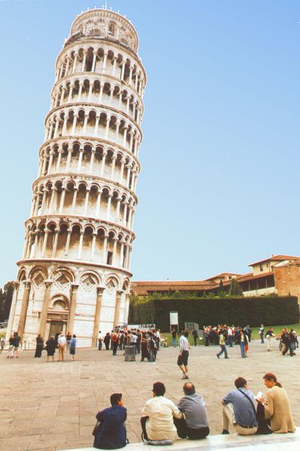
Matilde Leonardi of the Neurology, Public Health, and Disability Unit, Scientific Directorate. Neurological Institute “Carlo Besta” IRCCS Foundation. Milan, Italy, et al, conducted a study to determine the degree of quality of life issues faced by patients who suffer from Parkinson’s disease published online September 1, 2011. .
Patients with Parkinson’s disease who suffer from a variety of motor and nonmotor symptoms reported reduced quality of life and increased disability. The aims of the study were to assess the impact of Parkinson’s disease on disability and quality of life and to evaluate them.
The 96 person study used the World Health Organization Disability Assessment Schedule.
Parkinson’s disease is strongly associated with reduced quality of life, increased disability and NMS prevalence.
The TUTOR system has been in the forefront of physical rehabilitation tools for Parkinson’s disease patient recovery.
The newly developed HANDTUTOR and its sister devices (ARMTUTOR, LEGTUTOR, 3DTUTOR) have become a key system in neuromuscular rehabilitation and physical and occupational therapy. These innovative devices implement an impairment based exercise program with augmented feedback and encourage motor learning through intensive active exercises. Manual therapy is the provision of exercise practice by an occupational and physical therapist. As the HANDTUTOR, ARMTUTOR, LEGTUTOR and 3DTUTOR allow the PT and OT to customize the exercises, the patient is given motivating tasks through computer games with biofeedback that give him the correct dose of manual therapy. This means that the Parkinson’s, stroke, CP or TBI patient is given exercises that are challenging and motivating and allow for repetitive training tailored to the patient’s performance.
Even patients with severe movement dysfunction can benefit from intensive exercise practice as the TUTOR system picks up even small angles of joint movement. The TUTOR system also allows the OT and PT to make objective reports and evaluations on the patient’s movement ability so his progress can be maintained and shown to both himself and his family. This is also a strong motivation to carry on training and improve movement and functional everyday living ability and thereby improved quality of life.
The HANDTUTOR and ARMTUTOR are a major part of the rehabilitation program of leading U.S. and foreign hospitals. The TUTORS are also used in clinics and at home care supported by telerehabilitation. See WWW.HANDTUTOR.COM for more information.
No comments:
Post a Comment